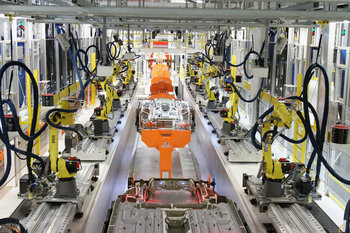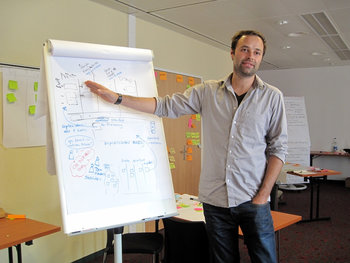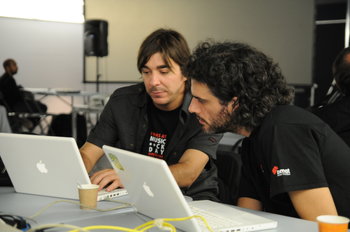Technology Technology Guides
Technologies
| |
Workload automation is a class of technologies that schedule, run and manage data processing tasks. The term is associated with managing and prioritizing asynchronous processing on modern scalable cloud infrastructure. As such, workload automation can be thought of as a cloud replacement for traditional batch processing. Due to the scalable nature of modern infrastructure, asynchronous tasks can often be handled on an event basis as opposed to scheduled in off-hours. Workload automation tools tend to be focused on prioritization of available resources including predictions of completion times. They also may provide self-service tools for starting, scheduling, controlling and altering processes. The following are illustrative examples of workload automation.Integration of data from a legacy system to an ERP within minutes as opposed to overnight.ReportingA bank that generates operational reports for the day an hour after the close of business as opposed to the next day.A data reconciliation process for master data that runs when processing power is available.
Transaction ProcessingA bank that runs settlement processes as a high priority asynchronous job.EcommerceAn ecommerce platform that generates promotional messages for a customer based on events such as the customer's searches and clicks. Such processing is done as a user interacts with a page and is usually completed by the time a new page is requested.|
Type | | Definition | A class of technologies that schedule, run and manage data processing tasks. | Value | Prioritizing available resources across a variety of asynchronous tasks on an ongoing basis as opposed to scheduling low priority items late a night and high priority items for business hours. | Related Concepts | |
Next: Batch Processing
If you enjoyed this page, please consider bookmarking Simplicable.
© 2010-2023 Simplicable. All Rights Reserved. Reproduction of materials found on this site, in any form, without explicit permission is prohibited.
View credits & copyrights or citation information for this page.
|





























